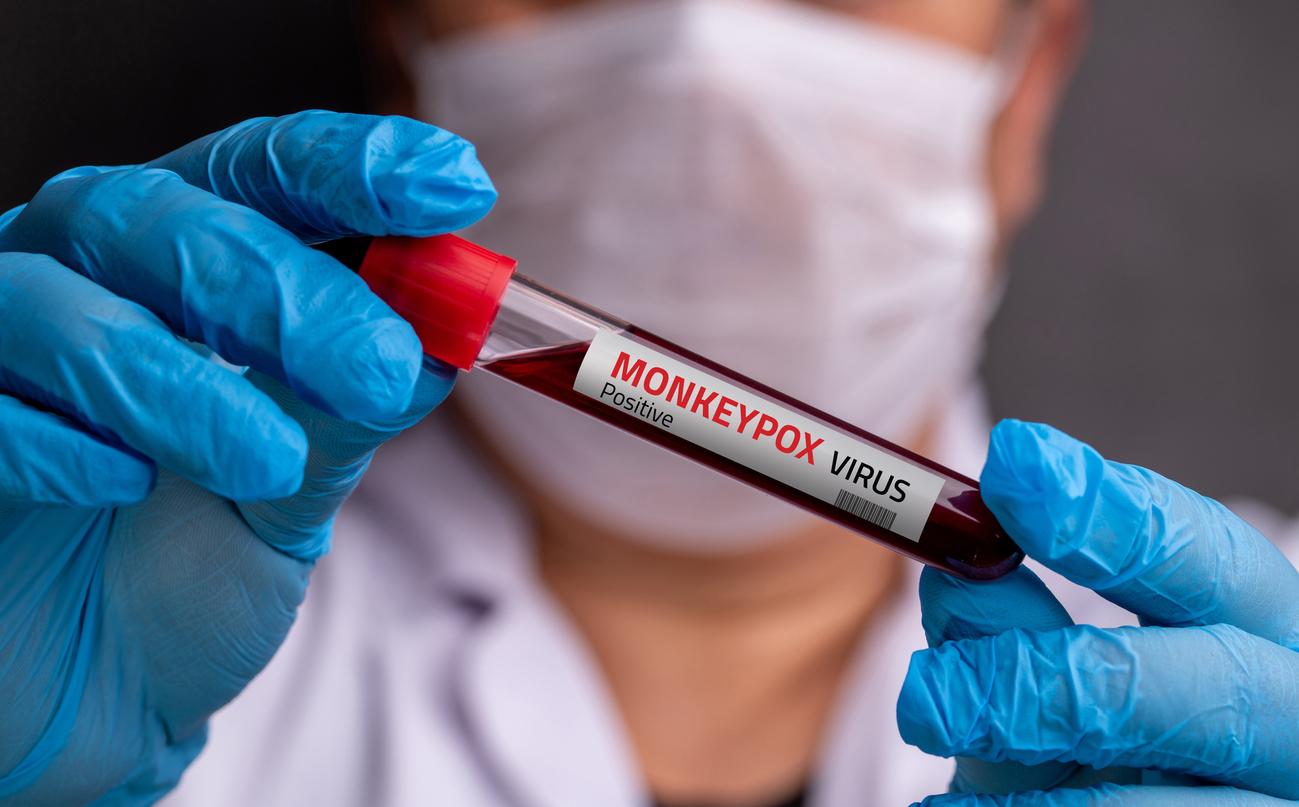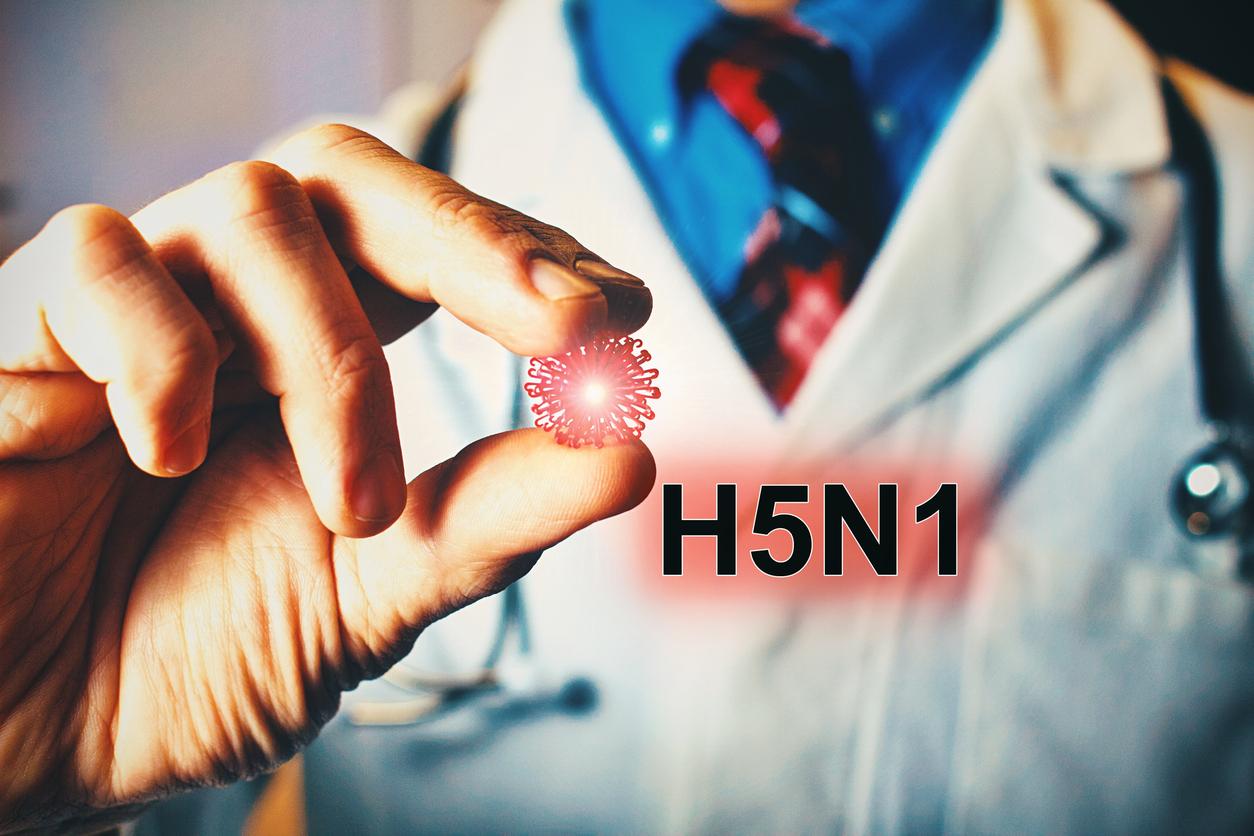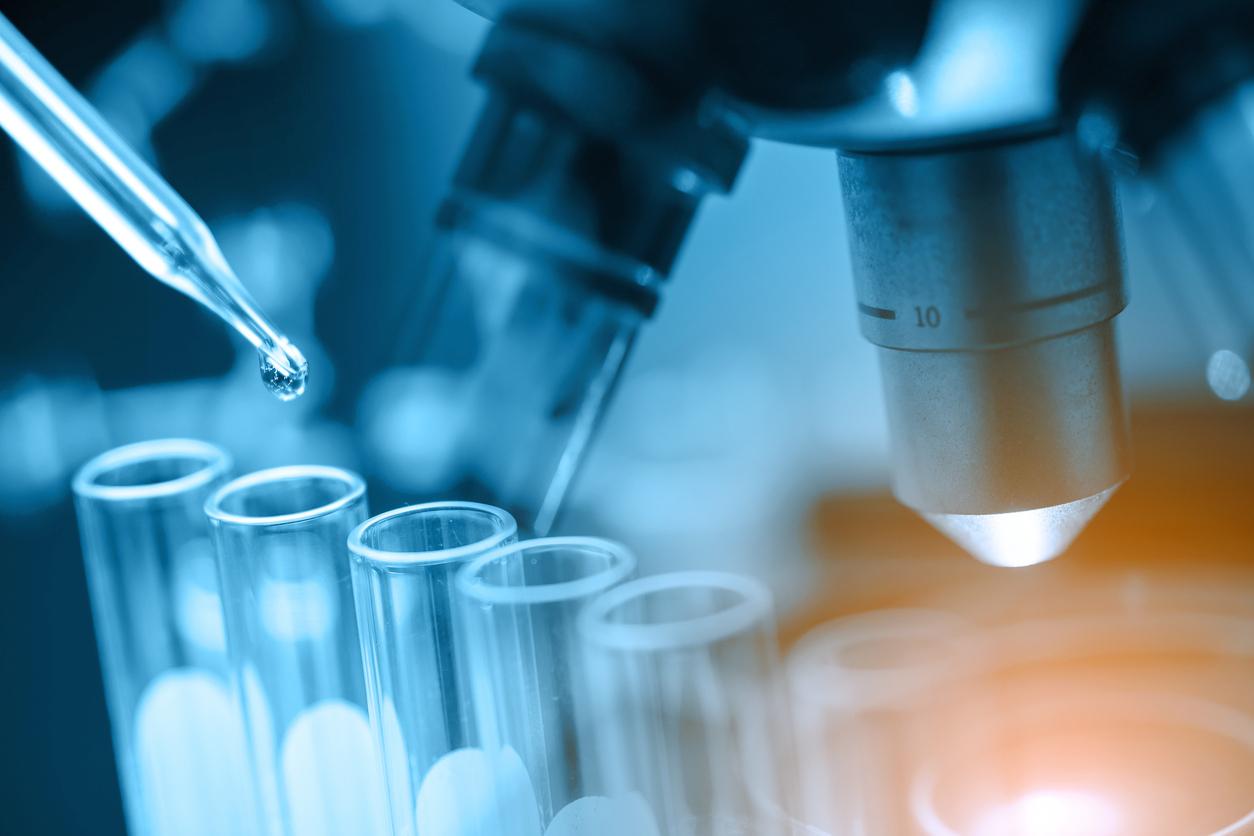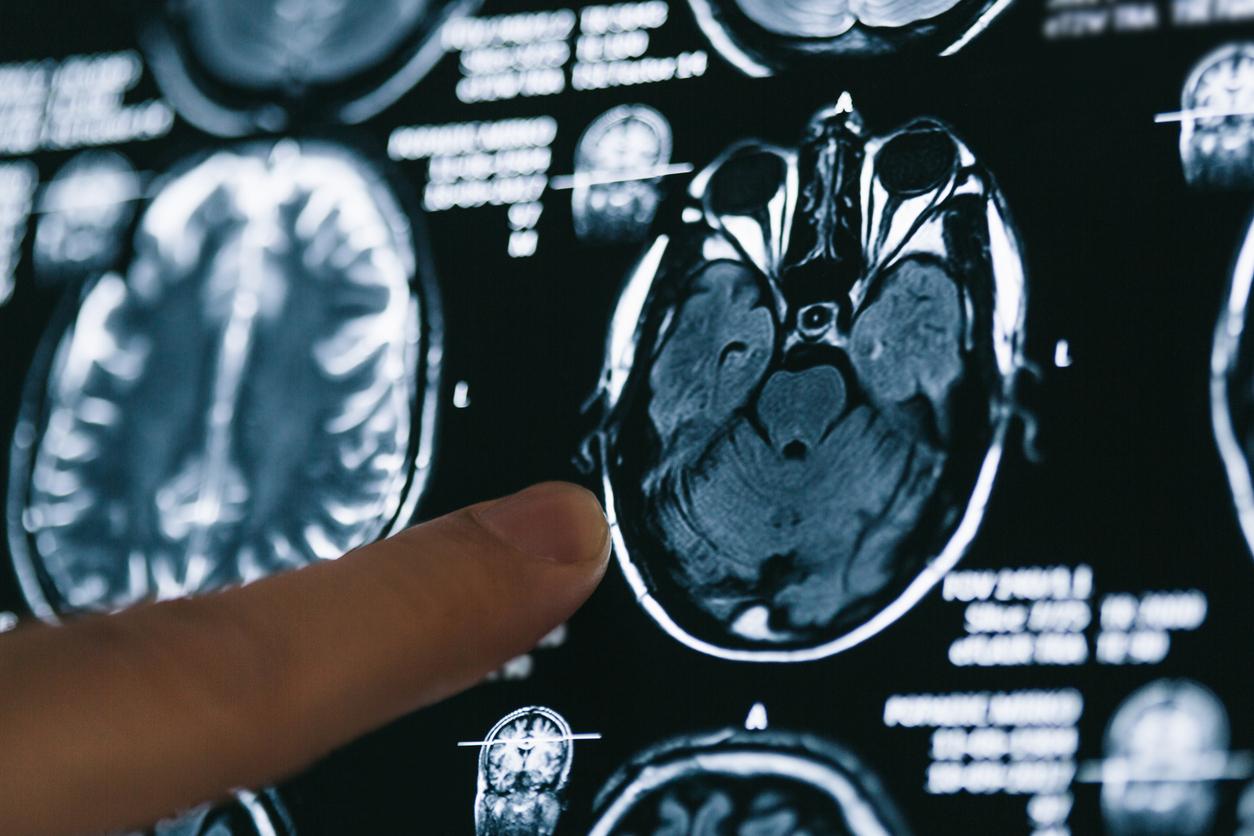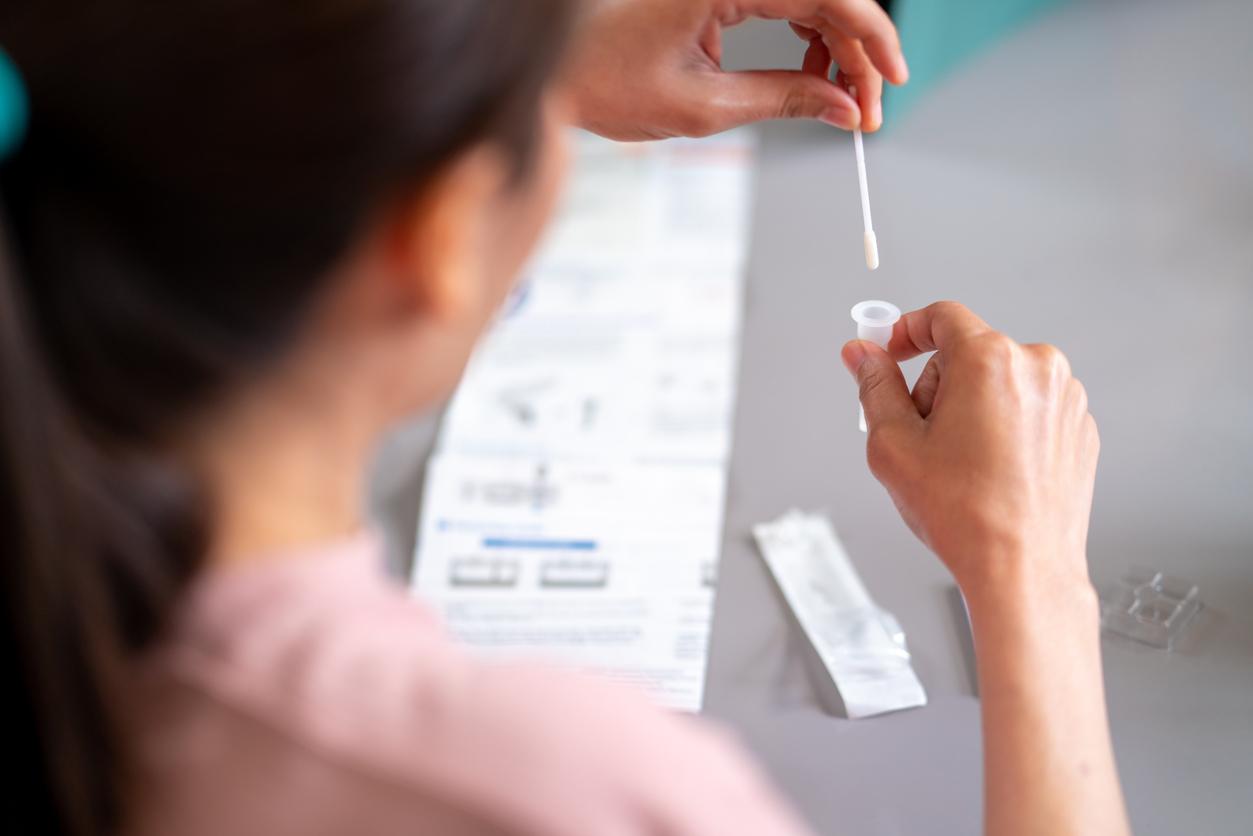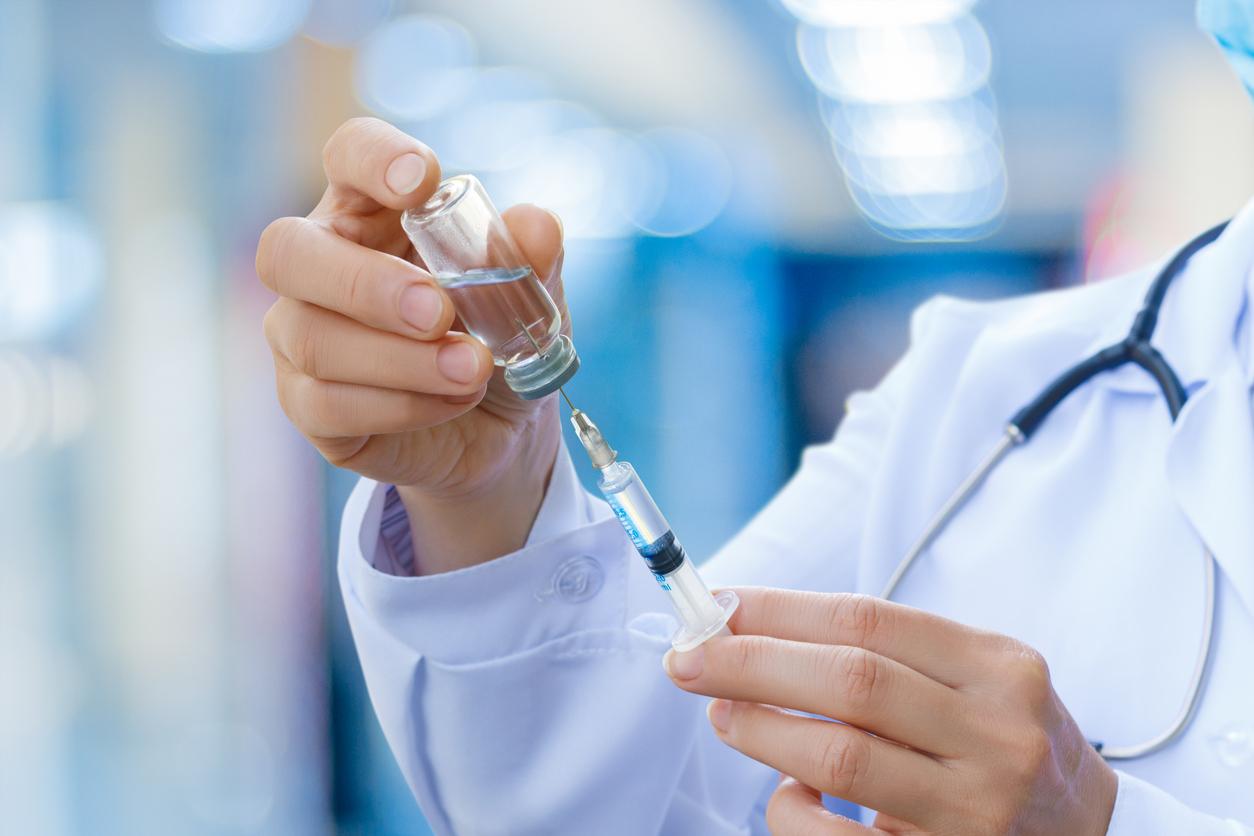Mononucleosis is a viral and infectious disease that mainly affects children under 5 years old. This pathology, although quite rare in France, is nevertheless the main cause of pseudo-membranous angina (angina which reveals a whitish or brown membrane in the tonsils and the back of the throat). People who contract the disease are subsequently immune.
What are the symptoms of mononucleosis?
Very often, the infection causes no symptoms, so it goes completely unnoticed. This is particularly the case in children who will develop antibodies without declaring the disease or just mild symptoms. The mononucleosis is however more serious when it affects an adult. It usually translates to:
- significant fatigue and deterioration of general condition,
- painful pseudomembranous angina (with pain when swallowing),
- a particularly high fever (over 39°C) with chills that may persist for more than a week,
- swelling of the lymph nodes in the neck and sometimes in the armpit (even of the spleen in 50% of cases and of the liver in 20% of cases),
- muscle pain,
- headaches.
These symptoms occur between 4 and 8 weeks after infection.
What are the causes of “kissing disease”?
The virus that is responsible for the mononucleosis is the Epstein-Barr virus (EBV), a virus that belongs to the herpes family and is extremely common (it is estimated that 90% of adults aged 40 are carriers of the virus). It is therefore a contagious disease transmissible by direct contact (kissing, we also speak of kissing disease) and by saliva (spitting for example). Although much less contagious than a cold, infected people are particularly likely to contaminate those around them in the acute phase; moreover, the virus can linger in the throats of infected people for several months.
Who are the people at risk?
In our society where hygiene is closely monitored, it is quite rare to encounter EBV during childhood. Paradoxically, this remains problematic since mononucleosis is much less serious in children than in adults. Thus, if the child is spared, he does not produce antibodies against the disease and thus risks developing it during adolescence or adulthood. People at risk are:
- those who did not contract EBV during childhood;
- those whose immune system is deficient (regardless of the cause, disease or medical treatment for example).
What are the treatments for mononucleosis?
The mononucleosis being a viral pathology it is useless to try to fight it with antibiotics. Although the symptoms it causes can be impressive, it is most often not serious.
The most important thing is to rest in case of mononucleosis and to allow yourself sufficient recovery time. It is also important to stay hydrated. There is no actual treatment. Thus, only a symptomatic treatment intended to fight against pain using analgesics and against fever with antipyretics is proposed.
Read also
Mononucleosis: how to help your teenager recover?









